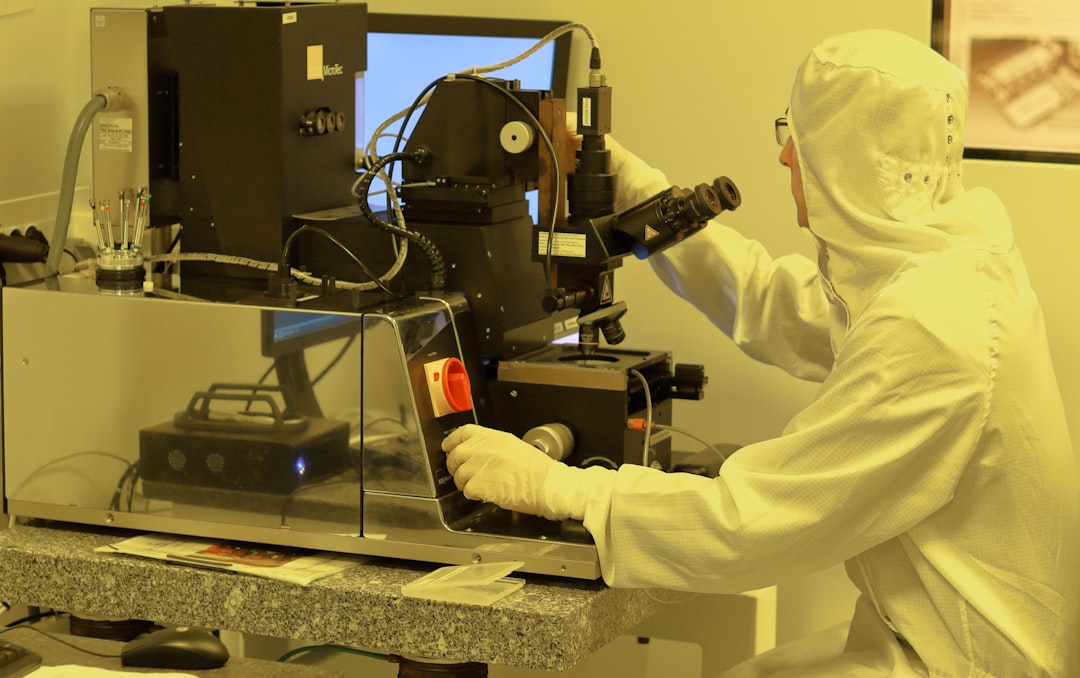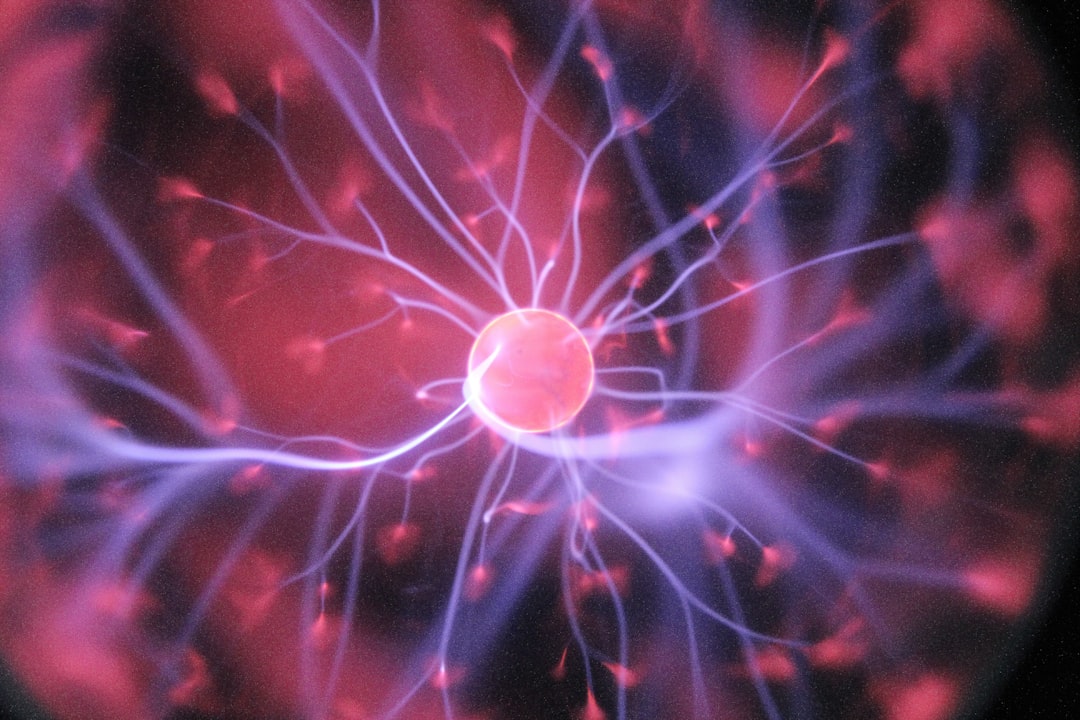What is it about?
There are two stages of plagiogranite magmatism within the West Koryak fold belt, NE Russia. The first one is Ediacaran with the U-Pb ages from 556 ± 3 Ma (SIMS data) to 538 ± 7 Ma (LA–ICP–MS data), and the second one is Permian‒Triassic with the U-Pb ages at 235 ± 2 Ma (SIMS data). The Ediacaran and Permian‒Triassic plagiogranites are low-K igneous rocks but Ediacaran plagiogranites were formed in the oceanic arc setting contemporaneously with the volcanic-sedimentary complex while formation of the Permian‒Triassic plagiogranites took place within the segment of the Taigonos arc via partial melting of melanocratic ophiolite material in the accretionary structure of this arc.
Featured Image

Photo by Annie Spratt on Unsplash
Why is it important?
Sr‒Nd isotopy and REE patterns of both plagiogranite suites allow suggesting their formation via partial melting of primary mantle material or fractional crystallization of basaltic magma.
Perspectives
Permian–Triassic magmatic and metamorphic events traced in various tectonic slices of the Ust-Bel’sky and Algansky terranes may be interpreted as their manifestation within a single paleostructure, which can be considered as a continuation of the Koni-Taigonos island arc initiated in Permian time. Mafic-ultramafic and overlying complexes of the Ust-Bel’sky terrane were accreted at the base of this arc.
Boris V Belyatsky
Karpinsky Geological Institute (VSEGEI)
Read the Original
This page is a summary of: Geodynamic setting of Ediacaran and Permian–Triassic plagiogranites of the Ust-Bel’sky and Algansky terranes, West Koryak fold belt, NE Russia: insights from U–Pb geochronology and geochemistry, GFF, September 2019, Taylor & Francis,
DOI: 10.1080/11035897.2019.1622150.
You can read the full text:
Contributors
The following have contributed to this page










